In 2022, Equinox Open Library Initiative began focusing on accessibilty assessment and remidation in open source products. Working with community partners, expert subcontractors, and our own staff's expertise, we made dozens of accessibility improvements in Evergreen ILS and VuFind® Discovery.
Much of this work is summarized in a poster presented at the ALA Annual 2023 Poster Session Leading Accessibility Initiatives in Open Source Library Software. This guide contains resources related to that poster.
Listen to a narrated version of the poster in the video at the bottom of this page, or view the full size PDF.
Much of this work is summarized in a poster presented at the ALA Annual 2023 Poster Session Leading Accessibility Initiatives in Open Source Library Software. This guide contains resources related to that poster.
Listen to a narrated version of the poster in the video at the bottom of this page, or view the full size PDF.
Visual 
- Blindness
- Low vision
- Color blindness
- Visual triggers: seizures, migraines, vertigo
Hearing 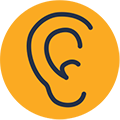
- Deaf
- Hard of hearing
- Auditory processing disorder
Mobility 
- Paralysis
- Tremors
- Neuropathy
- Physical injury
- Chronic pain
Cognitive 
- Memory
- Lanuage
- Learning
- Attention
- Sensory processing
Button Size 


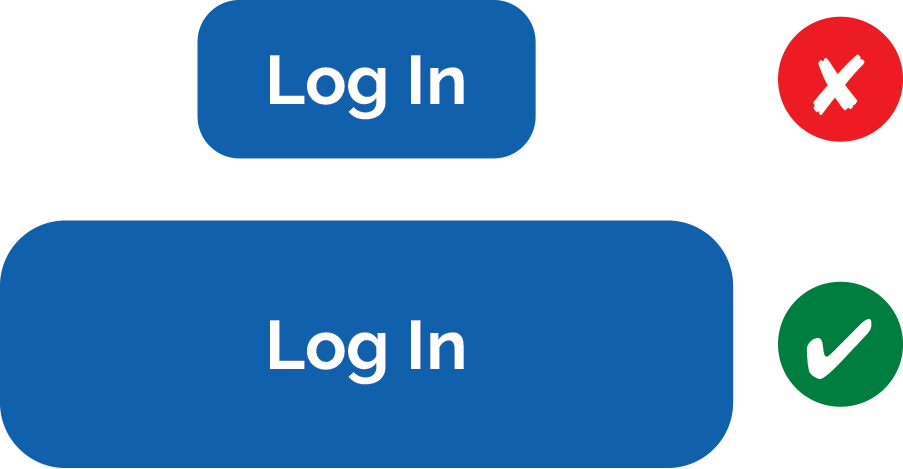
- Larger buttons are easier to see for people with low vision.
- A larger hit target helps people whose mouse movements are imprecise.
- Large buttons stand out from the surrounding text. For people with cognitive disabilities, it’s easier to decide what to press if the buttons are larger.
Captions & Transcripts 

- Audio and video content must have captions or transcripts for those who are Deaf or hard of hearing.
- Captions are also helpful for people with auditory processing issues, ADHD, and other sensory input disorders that make it difficult to focus on two modes of communication at once.
- Captions make it possible for everyone to watch videos in noisy environments like airports, bars, and buses.
Color Contrast 

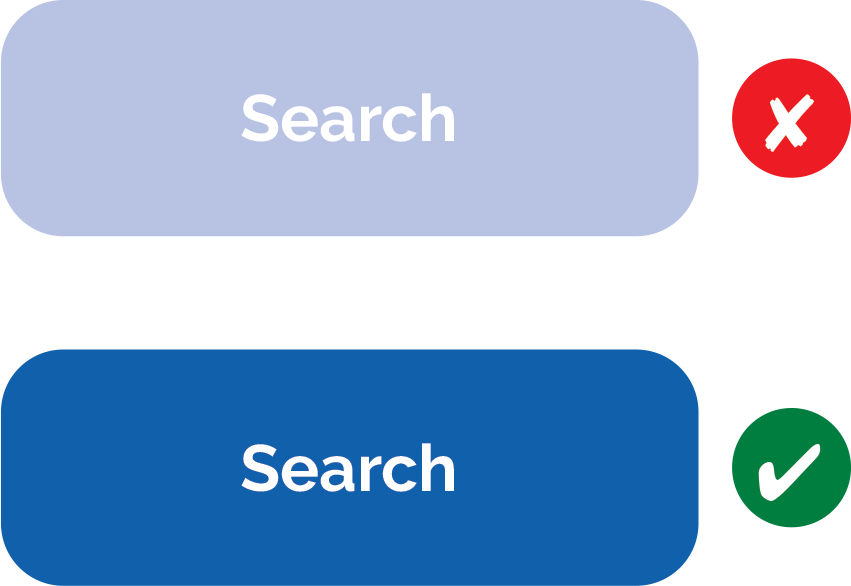
- Good color contrast helps people with low vision, who often struggle to read text with subtle colors.
- Strong contrast helps people distinguish links and buttons from the surrounding text.
- Too much contrast may create a visually loud design for people with some sensory disorders.
- Forced colors and Windows High Contrast modes may require fine-tuning images and borders.
Focus Outlines 


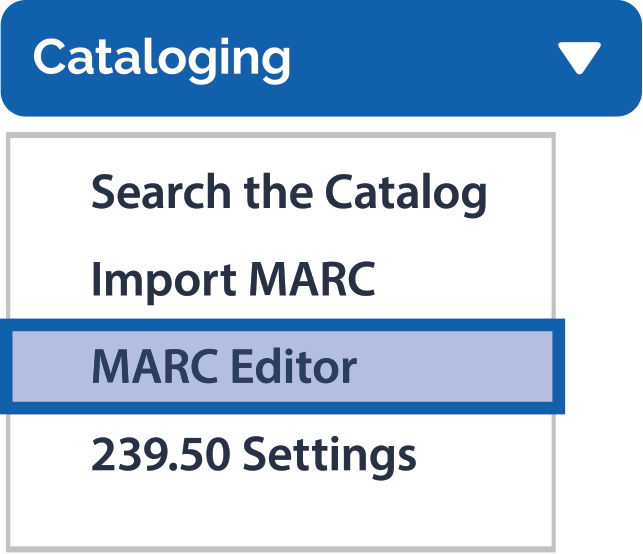
- Focused elements should have a bold outline to help keyboard and switch button users stay oriented.
- Outlines can be different depending whether the element was focused using a keyboard or mouse.
- People who are interrupted can pick up where they left off more easily when focused form fields have bold outlines.
Form Labels 


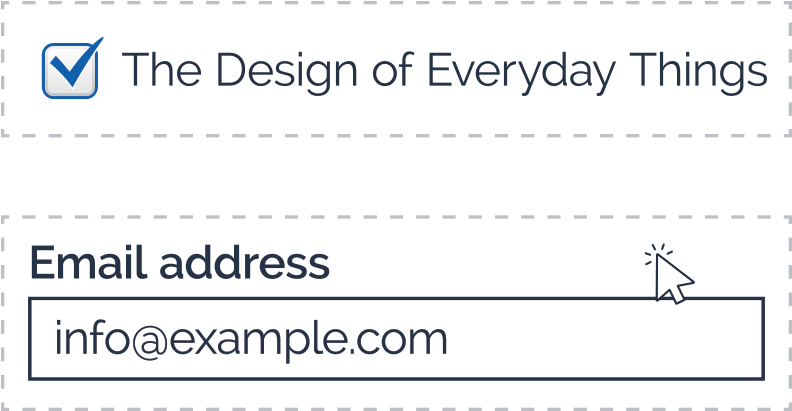
- Screen reader users need labels associated with every form field so they know what to enter.
- Labels provide a larger hit target for people with mobility issues. Clicking anywhere in the label area will place keyboard focus on the associated form field.
- Using persistent, visible labels helps people remember what to enter into each field.
Headings & Landmarks 

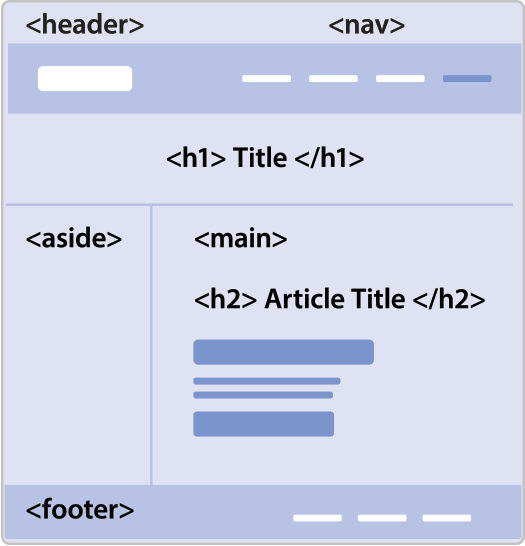
- Screen readers give users a menu of landmarks and headings that can be used to skim the page.
- Multiple landmarks with the same role, like navigation, should have distinct names via ARIA labels.
- Visually distinctive headings prevent confusion and help people stay oriented.
Keyboard Controls 

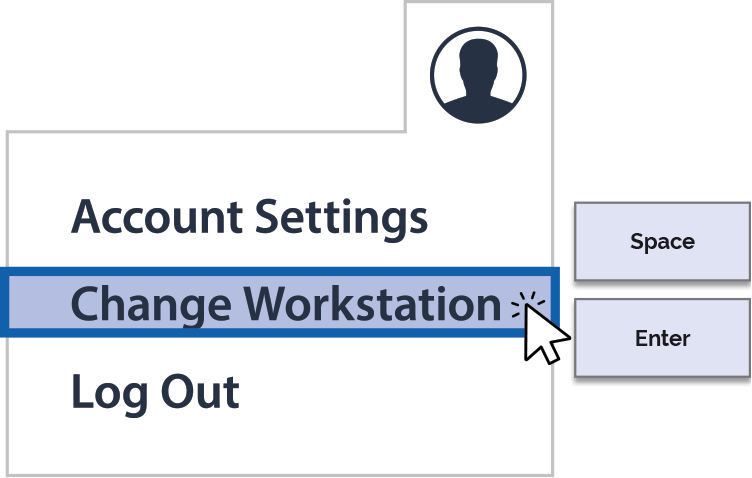
- Screen reader users do not use mouse pointers. Every interactive element has to be operable using the keyboard.
- People whose mouse movements are imprecise may also find it easier to navigate forms and menus using the keyboard.
- Buttons can be pressed using Space or Enter keys.
Link & Button Names 

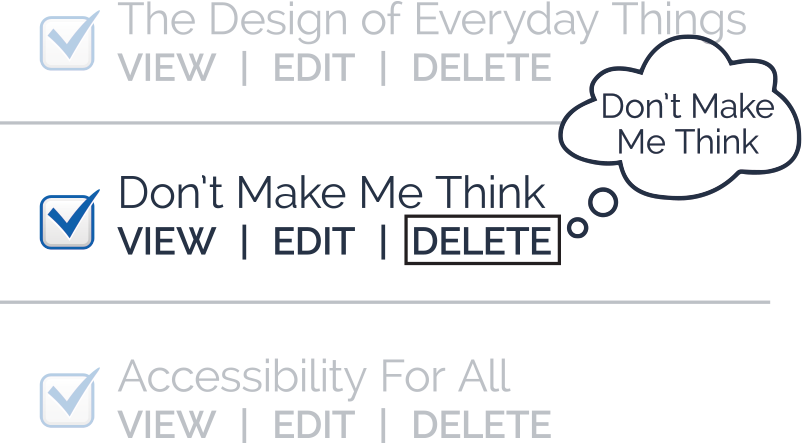
- Multiple links or buttons with the same accessible name can be distinguished from one another with ARIA descriptions.
- Icon buttons should have tooltips to help clarify the icons’ meaning.
- Accessible names should match the visible text or tooltip so speech recognition users can dictate their choices accurately.
Semantic HTML 


- Different tags have implicit roles that are announced to screen readers.
- The role tells the user which keyboard or switch button actions they can use. Incorrect roles can prevent users from accomplishing their tasks.
- Users with memory or attention deficit issues may forget how custom widgets work if they differ from standard HTML controls.
Plain Language 


- Screen reader users listen at very high speeds–unless they have to slow down when they encounter unfamiliar words.
- Jargon can be difficult for sign language interpreters to convey.
- Plain language helps make labels and instructions clear to early career professionals and language learners as well as those with cognitive disabilities.
Text Alternatives 

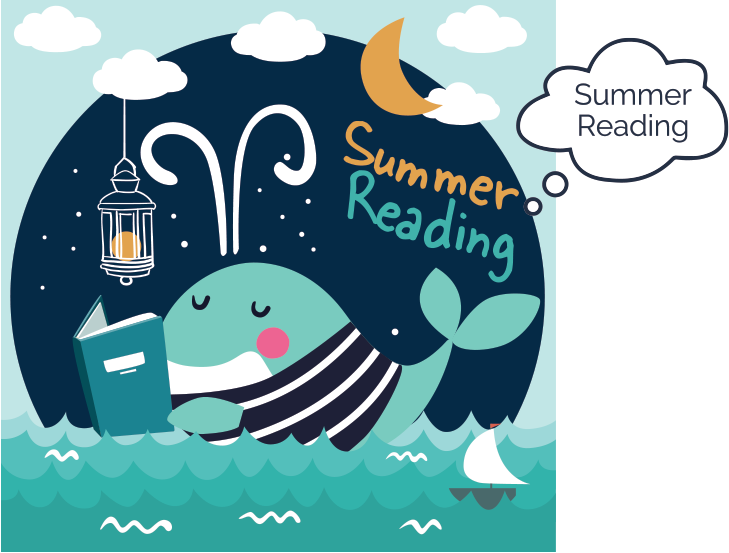
- Images and icons should have text equivalents for screen reader users using alt attributes or visually hidden text.
- Decorative images should be hidden from screen readers.
About WCAG 



- The Web Content Accessibility Guidelines are the basis of all web accessibility laws around the world.
- While laws may specify a version, it’s best to use the most recent version of WCAG.
- Level AA compliance is required for public institutions in the US and Canada.
- WCAG 3, the next major version, will introduce guidelines for cognitive accessibility.
To stay informed about our work, trainings, and other news, sign up for our newsletter:
https://www.equinoxoli.org/#signup
Please send any questions or inquiries to: info@equinoxOLI.org
https://www.equinoxoli.org/#signup
Please send any questions or inquiries to: info@equinoxOLI.org
Equinox Open Library Initiative provides innovative open source software for libraries of all types and delivers extraordinary service at exceptional value. Equinox builds upon more than fifteen years of trusted service and technical expertise, providing consulting services, software development, hosting, training, and support for Evergreen ILS, Koha ILS, VuFind® Discovery, Aspen Discovery, and other open source library software.
To learn more, please visit https://www.equinoxOLI.org
To learn more, please visit https://www.equinoxOLI.org
In 2022, Equinox Open Library Initiative began focusing on accessibilty assessment and remidation in open source products. Working with community partners, expert subcontractors, and our own staff's expertise, we made dozens of accessibility improvements in Evergreen ILS and VuFind® Discovery.
This guide contains resources related to a poster presented at the ALA Annual 2023 Poster Session Leading Accessibility Initiatives in Open Source Library Software.
This guide contains resources related to a poster presented at the ALA Annual 2023 Poster Session Leading Accessibility Initiatives in Open Source Library Software.
To stay informed about our work, trainings, and other news, sign up for our newsletter:
https://www.equinoxoli.org/#signup
Please send any questions or inquiries to: info@equinoxOLI.org
https://www.equinoxoli.org/#signup
Please send any questions or inquiries to: info@equinoxOLI.org
Equinox Open Library Initiative provides innovative open source software for libraries of all types and delivers extraordinary service at exceptional value. Equinox builds upon more than fifteen years of trusted service and technical expertise, providing consulting services, software development, hosting, training, and support for Evergreen ILS, Koha ILS, VuFind® Discovery, Aspen Discovery, and other open source library software.
To learn more, please visit https://www.equinoxOLI.org
To learn more, please visit https://www.equinoxOLI.org
In 2022, Equinox Open Library Initiative began focusing on accessibilty assessment and remidation in open source products. Working with community partners, expert subcontractors, and our own staff's expertise, we made dozens of accessibility improvements in Evergreen ILS and VuFind® Discovery.
Equinox has also presented a free community webinar on accessibility, the video for which is shown below. We will be presenting a larger accessibility workshop later this year - please sign up for our mailing list for more information.
Equinox has also presented a free community webinar on accessibility, the video for which is shown below. We will be presenting a larger accessibility workshop later this year - please sign up for our mailing list for more information.
- equinoxEDU: Resource Library
- View our training videos and check back-- more videos are added regularly!
- equinoxEDU: Events
- Learn more about our upcoming events and find resources related to past events.
To stay informed about our work, trainings, and other news, sign up for our newsletter:
https://www.equinoxoli.org/#signup
Please send any questions or inquiries to: info@equinoxOLI.org
https://www.equinoxoli.org/#signup
Please send any questions or inquiries to: info@equinoxOLI.org
Equinox Open Library Initiative provides innovative open source software for libraries of all types and delivers extraordinary service at exceptional value. Equinox builds upon more than fifteen years of trusted service and technical expertise, providing consulting services, software development, hosting, training, and support for Evergreen ILS, Koha ILS, VuFind® Discovery, Aspen Discovery, and other open source library software.
To learn more, please visit https://www.equinoxOLI.org
To learn more, please visit https://www.equinoxOLI.org
